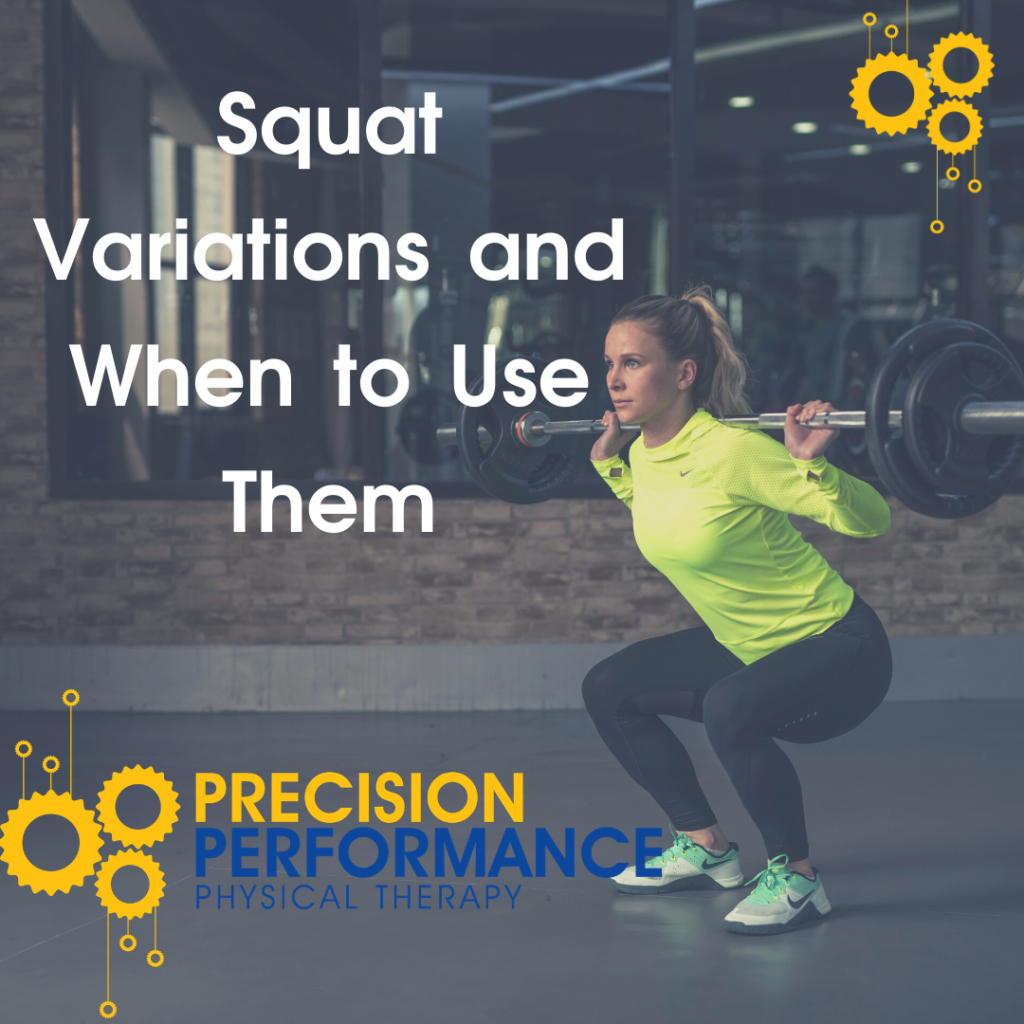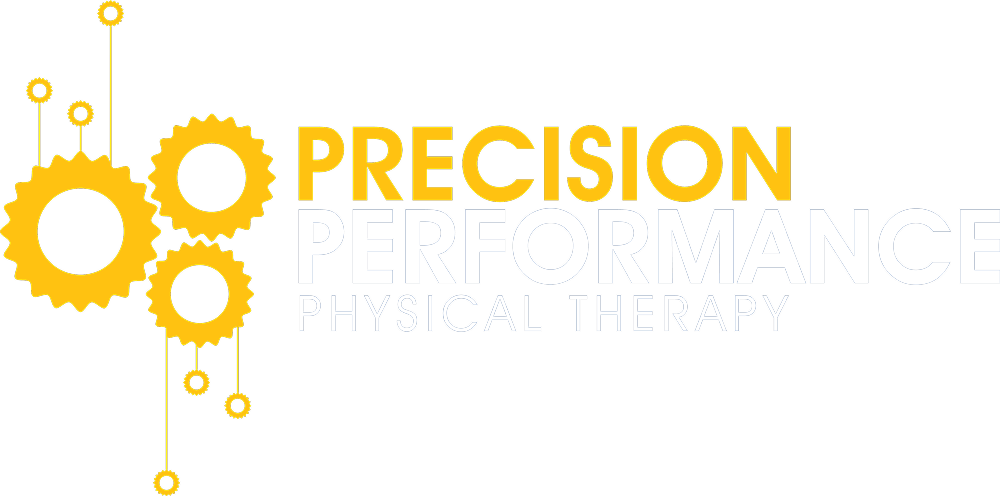When To Use Different Squat Variations

With so many different squat variations out there, how do you know which one to suggest to your training clients? It’s important to know how to choose the right exercises since what you suggest to your client is going to determine their outcome. When incorporating squats into your program, keep these things in mind:
Goals
For any exercise program, it’s important to listen to your client’s goals. The only way to help your client reach their goals is through understanding their objectives so you know exactly what they’re looking for. Once you have their goals, help them prioritize the most important goal. Whether that’s to improve strength, build muscle, or enhance muscle endurance, whatever they choose is going to set the groundwork for the type of program you write.
Training Experience and Limitations
Experience with working out and training is another big component that will affect your program writing. For someone new to exercise and endurance training, you’d want to start out with a basic squat pattern. A great way to start small is with a goblet squat as it provides a lot of general anterior core and trunk stability. It’s a simple way to get core activation and trains your client to keep their trunk stiff to move through their hips effectively without rounding the lower back or overarching the lower back.
For someone more experienced who is looking to squat high amounts, the exercise pattern is going to change. In this situation, you might progress the squat pattern to the end, starting with a back squat. Back squats are great for developing power and increasing mobility. When starting with one of the more difficult squat variations like a back squat, It’s important to know your client’s ability and limitations beforehand. To do this, see how they go through the other progressions. Do they have good technique when squatting an adequate load? The progression to test this would start with the goblet squat then move to the safety squat bar (SSB) then to a front squat and finally progress to the back squat. As you progress from a goblet to a back squat, what ends up happening to the body is stability is taken away in each progression.
Mobility
Without sufficient ankle mobility, squats could cause injury to the lower back. Test your client’s ankle dorsiflexion mobility and suggest ways to improve ankle mobility if needed. Thoracic spine mobility is something else to test as your client progresses to a back squat. When the thoracic spine cannot extend and rotate properly, the need for mobility is shifted into areas that require more stability. If the thoracic spine is stiff, the lumbar spine will have to extend or flex more to compensate. As a result, the lower body is more at risk for injury. Mobility tests are important for any exercise program because it will dictate the amount of weight a client can handle or if they should be doing the exercise at all. Often, there are ways to improve mobility over time with stretching and foam rolling. Knowing when to use different squat variations is all about listening to your client and understanding their ability to write an effective training program. Preventing injury is first and foremost the most important concern. Taking the time to go through the mobility and limitations tests will yield the greatest performance from your clients.
If you want to learn more about squat variations, listen to our Training Room Talk’s episode, sponsored by Precision Performance Physical Therapy: https://soundcloud.com/training_room_talk/episode-11-when-to-use-different-squat-variations
